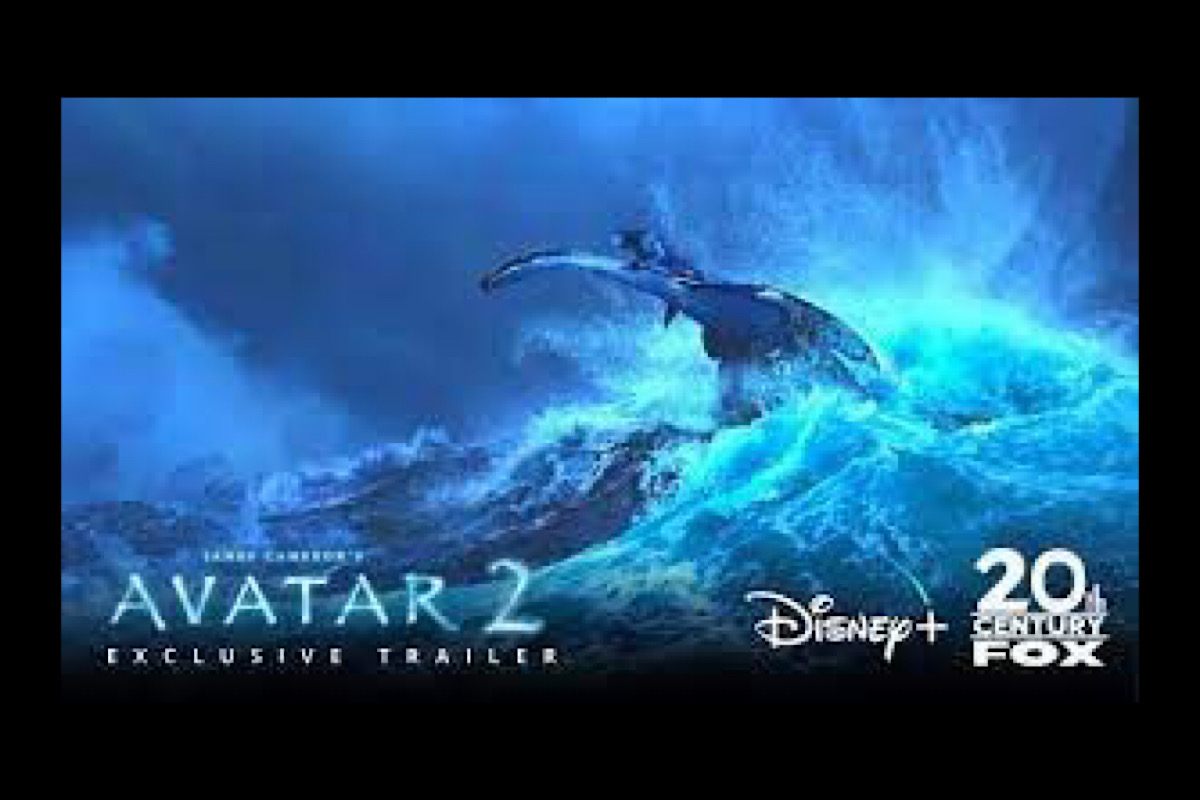Get ready, Avatar enthusiasts! After a thrilling six months in theaters, James Cameron’s highly anticipated film, Avatar: The Way of Water, is finally making its way to Disney Plus. Fans all around the world have been eagerly awaiting this launch, and the anticipation is palpable. It’s no surprise, considering the record-breaking success of its predecessor, Avatar, which grossed over $2 billion worldwide.
But here is something you might not know. The Avatar series draws inspiration from our own Earth. If you pay attention to the details, you will notice that each set in the film is a
reflection of the real world. James Cameron, a renowned environmentalist, used his passion for the environment to portray the impact of environmental threats on the Earth’s plants and animals in the breathtaking world of Pandora.
Advertisement
For example, those awe-inspiring floating rocks in Pandora find their inspiration in the hills of China. But that’s not all. The majestic trees featured in the film are reminiscent of Japan’s 150-year-old Wisteria tree, which blooms with vibrant pink and purple flowers during the spring season, just like its on-screen counterpart.
Have you ever noticed how everything in Pandora glows in the darkness, emitting a mesmerizing blueish-green light? That phenomenon is a nod to the bioluminescent lagoons found in Jamaica. These lagoons host microorganisms that illuminate the water with a beautiful blue hue when it's disturbed. Sadly, there are only four bioluminescent lagoons on Earth, and they are in urgent need of environmental protection.
The film also showcases caves that come alive with the glow of glow worms, mirroring the caves found in New Zealand. These caves, too, face significant environmental threats
and deserve preservation.
The shining lights that grace Pandora's skies are akin to the enchanting northern lights witnessed in Nordic countries like Finland and Iceland. However, due to the adverse effects of global warming, even these areas are at risk.
The tribal people portrayed in Avatar 2 represent the evolution of human beings in different regions. In the film, they thrive underwater, evolving in harmony with their aquatic surroundings.
Apart from that, the exploitation of Pandora’s resources in the film mirrors the real-world exploitation and destruction caused by our relentless pursuit of natural resources.
Not only are the plants in the film inspired by our own world, but the animals as well. For instance, the creature known as Tulkun in the film is a depiction of the-real-world whales,
which face constant threats from various sources.
James Cameron’s Avatar films also shed light on the significance of marine life in our real world. As an avid explorer of the deep ocean, Cameron famously dived into the Mariana Trench in 2012, reaching the ocean’s deepest depths in his submarine. Being the first person to embark on this solitary journey, he drew inspiration from the ocean’s hidden wonders, which heavily influenced the creation of Avatar 2 and its portrayal of an underwater world.
Avatar: The Way of Water is more than just a captivating cinematic experience as it serves as a reminder of the fragile beauty and importance of the Earth’s environment. So
mark your calendars, grab your popcorn, and get ready to immerse yourself once again in the magical world of Pandora, as Avatar: The Way of Water arrives on Disney Plus.











